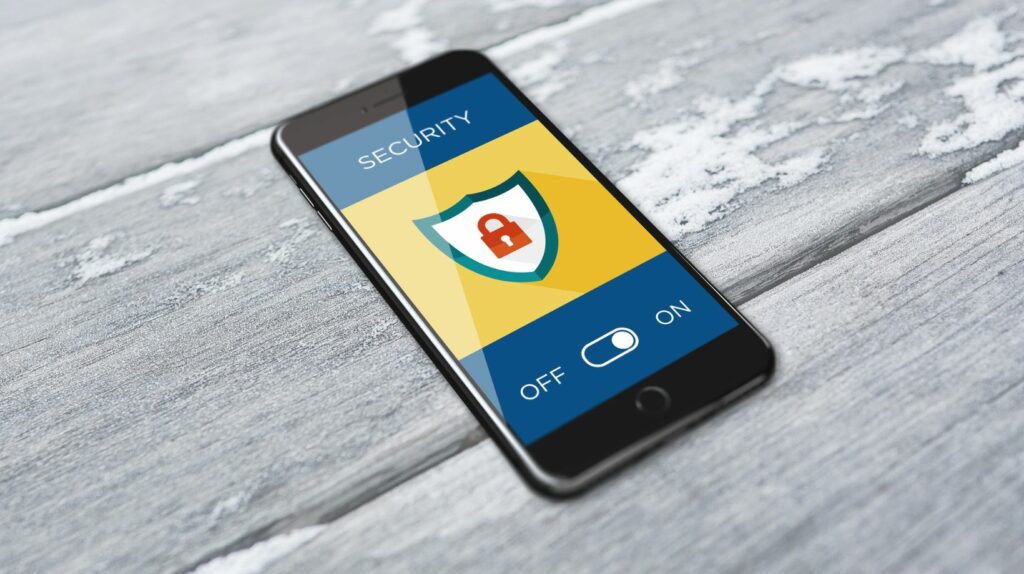What is Digital Privacy
In a world where technology reigns supreme, digital privacy has become a hot-button issue. It’s the silent guardian of our online lives, the invisible wall keeping our personal information safe. But what exactly is digital privacy?

It’s more than just a password-protected account or encrypted data. It’s the right to control your digital footprint, to decide who sees what, where, and when. It’s about understanding the nuances of the digital world and taking necessary measures to safeguard your information.
This article will delve into the depths of digital privacy, unravel its complexities, and offer insights on how to navigate this often-overlooked aspect of our digital lives.
Understanding Digital Privacy
The digital arena is not devoid of vulnerabilities. Threats lurk in innocuous-looking emails, suspicious links, or unchecked app permissions. For instance, a random pop-up might require just one accidental click to compromise users’ privacy. Hence, understanding digital privacy is crucial in navigating safely in the digital world.
Resources on digital privacy underscore the importance of a “need-to-know” approach. This principle pertains to revealing user information only when necessary. For instance, online users often share too much information online, inviting breaches of privacy.

Digital privacy wraps around two essential aspects: information privacy and communication privacy. Information privacy deals with protecting personal data from public visibility. This includes an individual’s social security number, credit card details, or health information. On the contrary, communication privacy pertains to safeguarding exchanges from prying eyes, involving emails, phone calls, or texts.
Lastly, digital privacy carves out a crucial space in legislation, with regulations like the General Data Protection Regulation (GDPR) in Europe and the California Consumer Privacy Act (CCPA) in the United States aiming to protect user privacy. These acts place stringent measures on data collection and usage, empowering individuals to control their personal data.
Key Threats to Digital Privacy
Exploring the realm of digital privacy involves turning the lens towards the threats that challenge its integrity. The stage is set by distinguishing two primary adversaries in this field – cyber attacks and data breaches, and surveillance and monitoring.
Cyber Attacks and Data Breaches – Unseen protagonists pose a deadly threat, namely, cyber attacks and data breaches. These assaults compromise digital privacy drastically and result in unauthorized access to sensitive data. For instance, the 2013 Yahoo breach evidenced this intrusively when a third-party stole data from almost all the 3 billion user accounts, violating the integrity of the digital spectrum excessively.

Surveillance and Monitoring – Another tenacious threat stems from systematic surveillance and monitoring. It’s an invisible enemy that lurks in the shadows of the online world. Unfortunately, privacy violations aren’t entirely the work of criminals or hackers. Corporations and government bodies, under the veil of collecting data for analytics or national security, often intrude our privacy. A prominent incident recorded here is the 2013 global surveillance disclosures where the U.S. NSA collected bulk telephony metadata from over 120 million Verizon subscribers. It demonstrated a severe violation of digital privacy, pushing boundaries past ethical norms.
Protecting Your Digital Information
Digital privacy isn’t just a luxury—it’s a necessity in today’s interconnected world. It’s a shield that guards personal autonomy, human dignity, and trust in technology. It’s also our first line of defense against cybercrimes. Legislation like GDPR and CCPA play a crucial role in managing how our personal data is handled. Yet, threats persist. Cyber attacks, data breaches, and surveillance chip away at our digital privacy. The line between personal autonomy and data control is thin and often blurred by corporations and government bodies. Understanding these threats is the first step towards better protection. It’s time to take control of your digital privacy. Because in the end, it’s not just about protecting data—it’s about protecting yourself.

